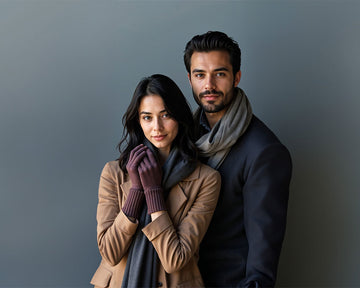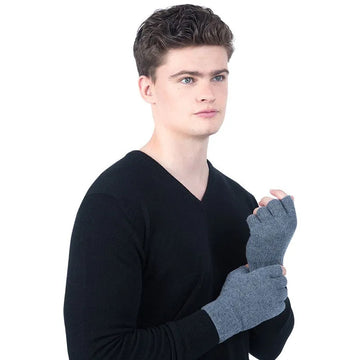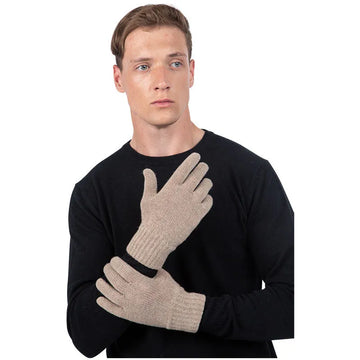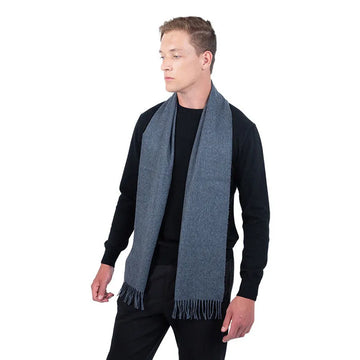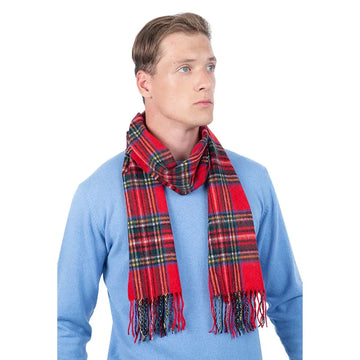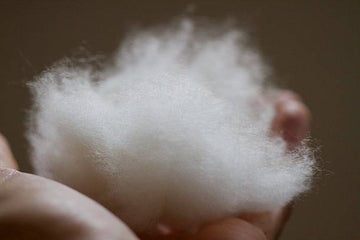For the longest time, cashmere clothing has been associated with comfort and luxury, being one of the softest ways to keep warm and comfortable when the ground is lined with arctic frost, yet light enough to drape over the shoulders during spring and even summer.
The key to this is the exceptionally tiny yet strong cashmere fibres, that tend to drape softly over the body as compared to other forms of wool, and the complex combing method that provides this material makes it prestigious and desirable, as does its legacy of draping royalty.
This latter reputation likely comes from the two women most associated with popularising cashmere shawls in Europe. Queen Victoria’s love of cashmere was such that as part of the Treaty of Amritsar she was entitled to three pairs of cashmere shawls every year.
However, slightly before Queen Victoria’s adoration of the garment was Empress Joséphine, the wife of Napolean Bonaparte, who not only had one of the largest collections of Kashmir shawls in the western world but was responsible for one of the largest about-faces in early fashion history.
Empress Of Fashion
Joséphine de Beauharnais, better known as Empress Joséphine Bonaparte, once wrote to her son Eugéne that she thought that cashmere was “hideous”. She soon changed her mind.
It took until 1790 for the Kashmir shawl to start making itself known in portraits and fashion magazines, although due to the decade-long French Revolution that overthrew the monarchy in 1789, it would take a while for cashmere to arrive in Europe in significant numbers.
It took even longer still for Joséphine, Empress of France despite a whirlwind relationship and marriage with Napolean I, to both get and understand the appeal of cashmere, but once she did she became an avid collector, ultimately possessing over 300 shawls during her lifetime.
As a highly public figure during a time of turmoil in Paris, she was regularly depicted in fashion plates with her signature shawls, and these reinterpretations made cashmere hugely popular in Paris, benefitting from both practical and design benefits.
As cashmere was both very warm and very light, it could be worn practically year-round and was particularly enjoyed in winter as they could be wrapped around their dresses, making their shawl's distinctive patterns more noticeable.
From a Paris fashion perspective, however, they were absolutely perfect because they were expensive and looked obviously expensive with their soft, rich, rare materials, beautiful stitching and ornamentation, artistic pretensions and sense of exoticism.
In other senses they became popular for the same reasons they had in the United Kingdom, becoming a wedding heirloom traditionally owned and worn by women and gifted to them when they came of age and were married, as well as something they inherited.
This connection to marriage was helped in no small part by its depictions in novels such as North and South by Elizabeth Gaskell, and it became seen as a symbol of care for married women and of luxurious decadence for unmarried women in Paris of that era.
In modern times, both the practical and fashionable aspects of cashmere continue to be adored, with no other material quite matching it for comfort and style.

